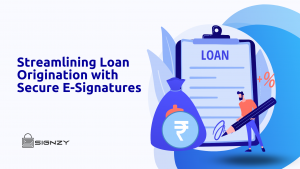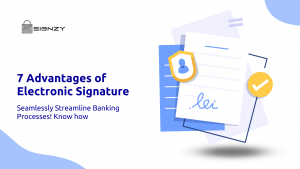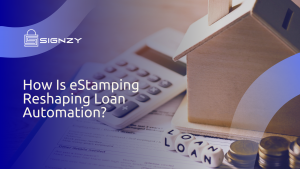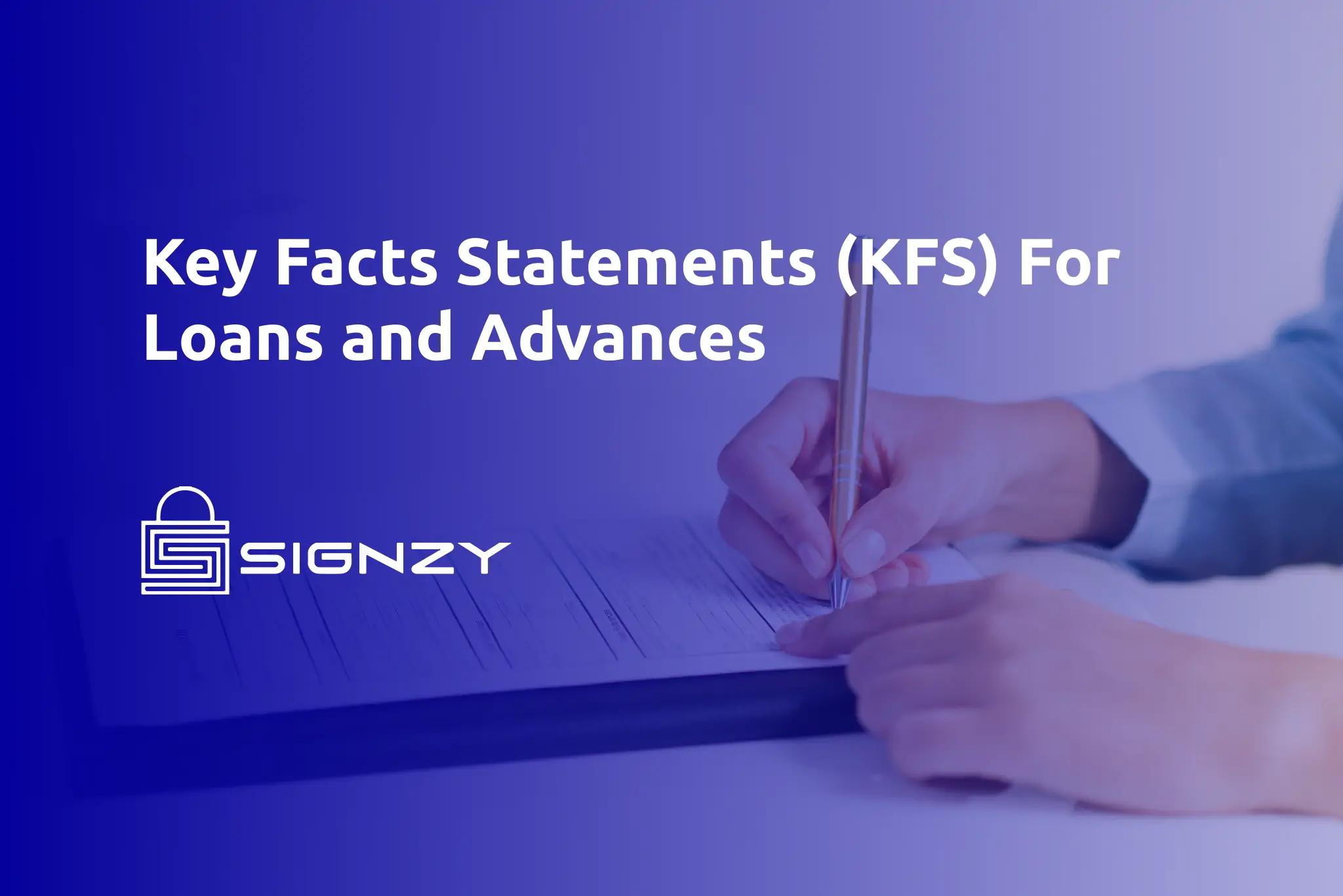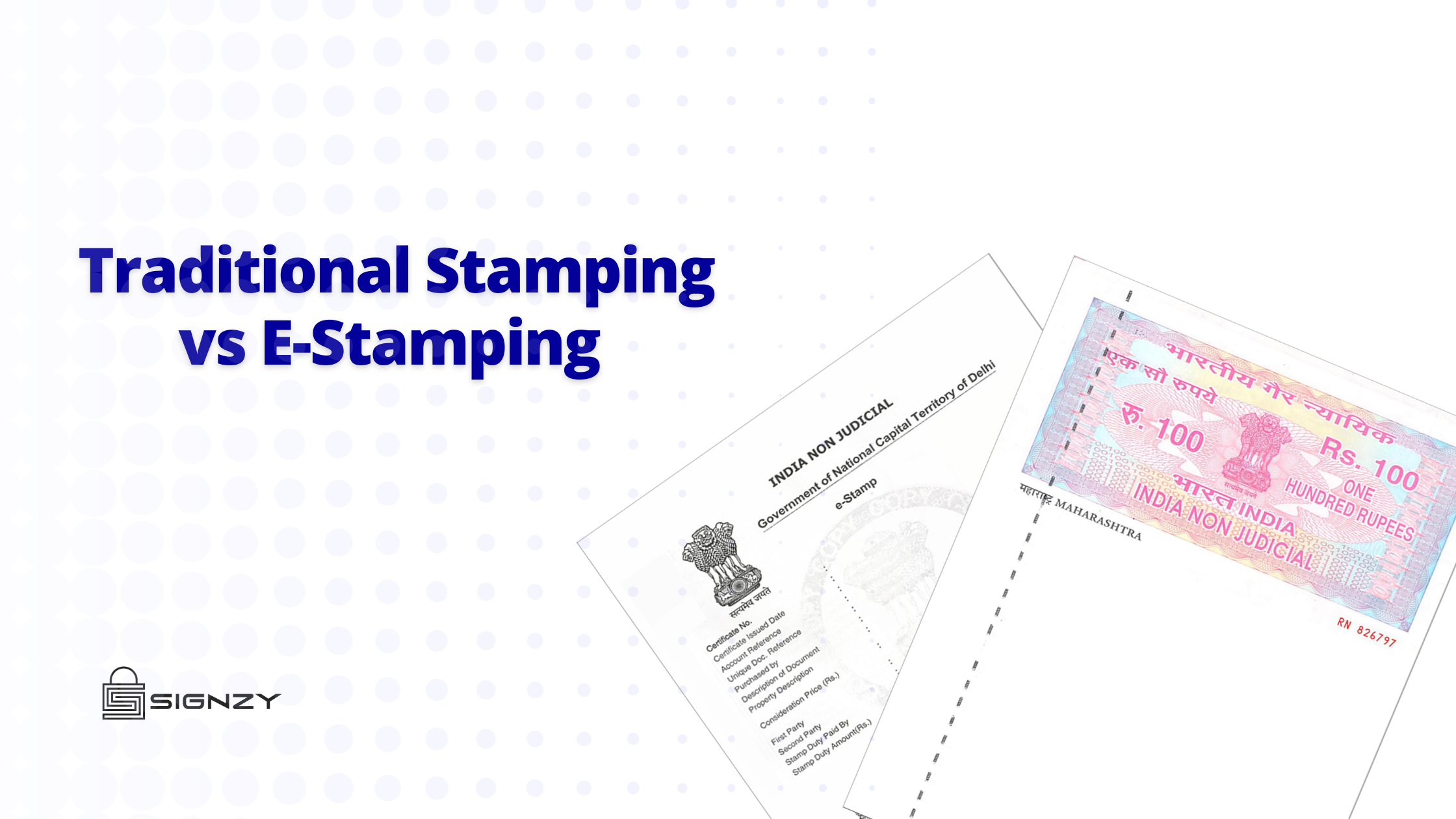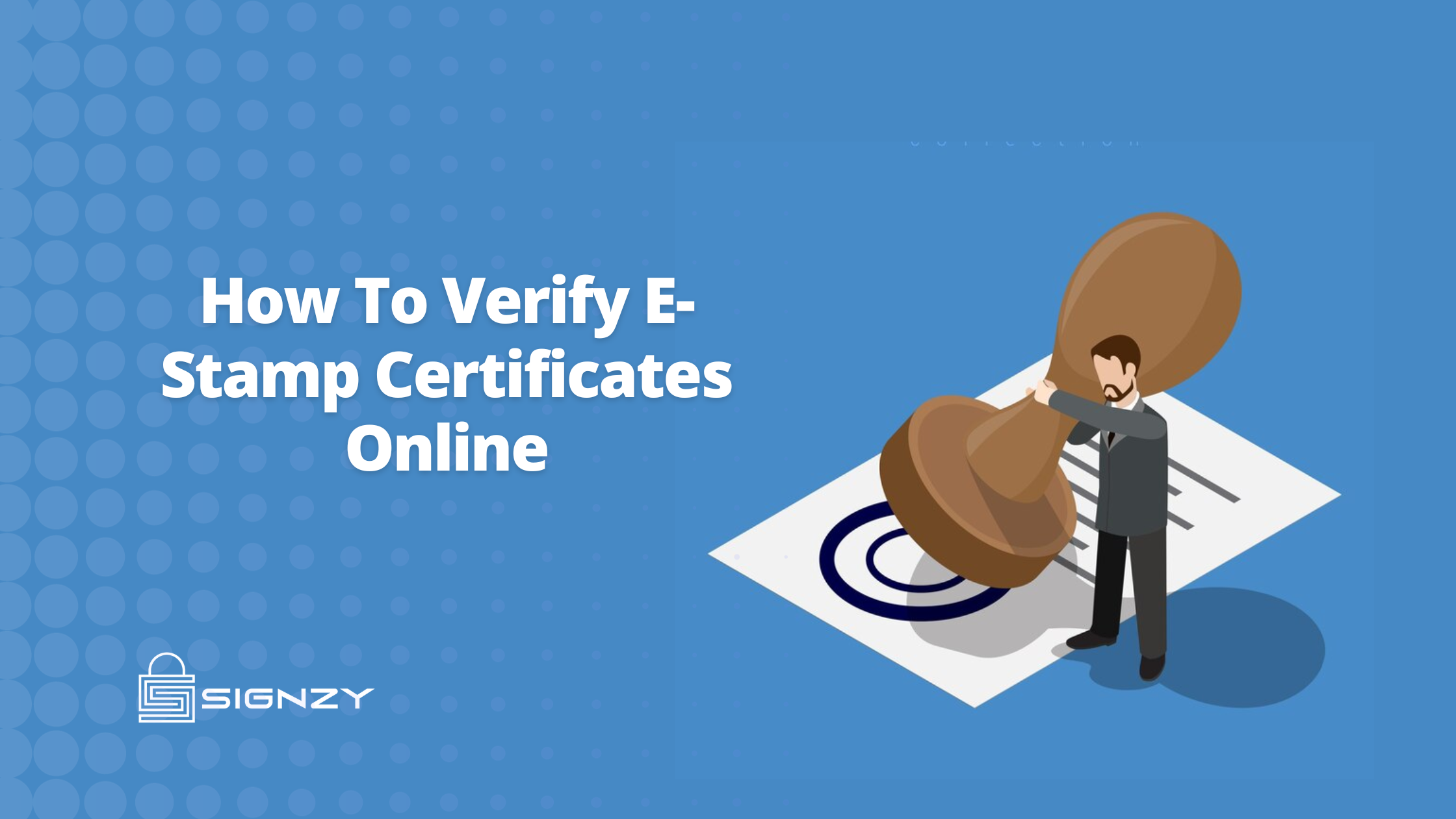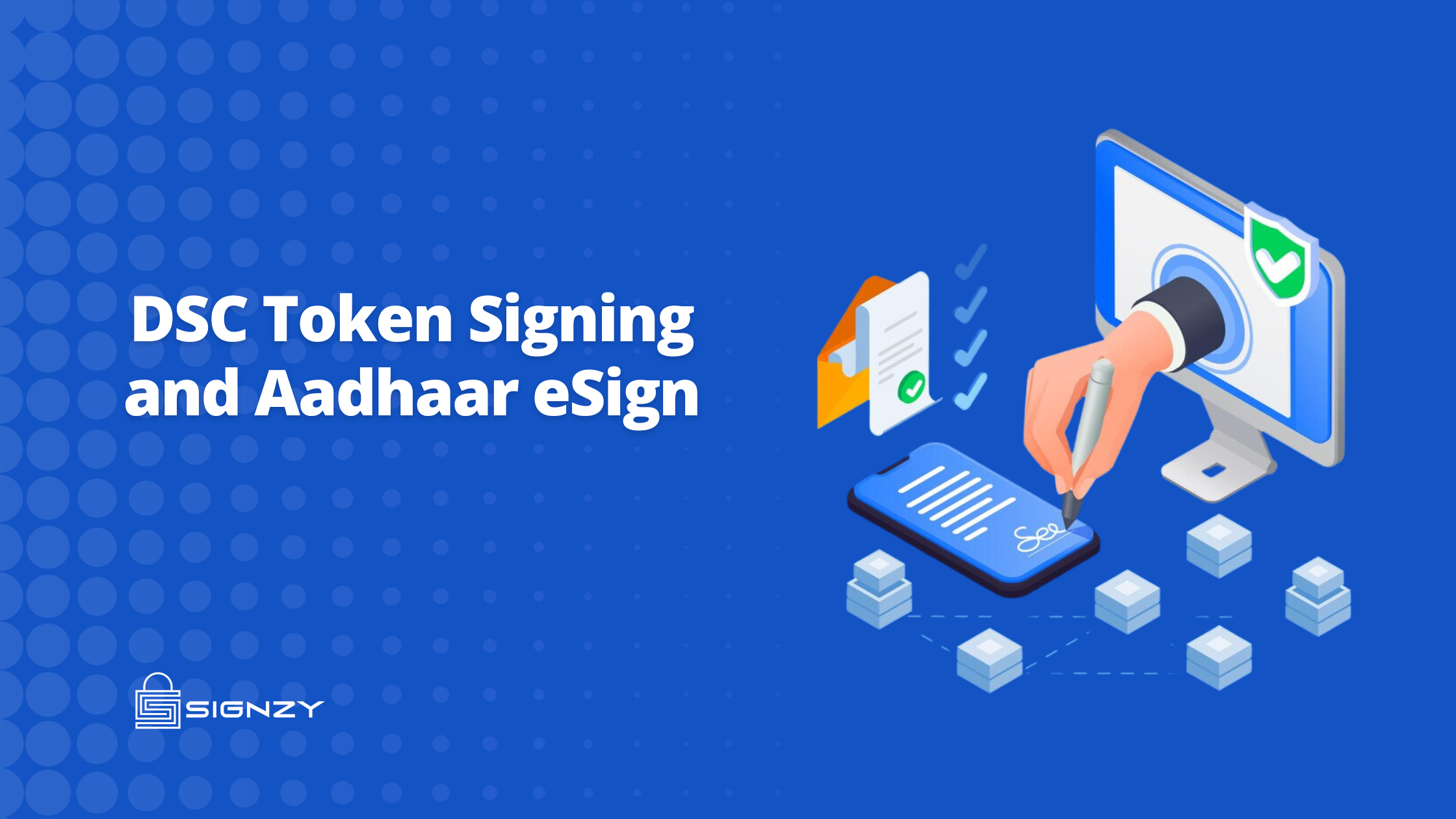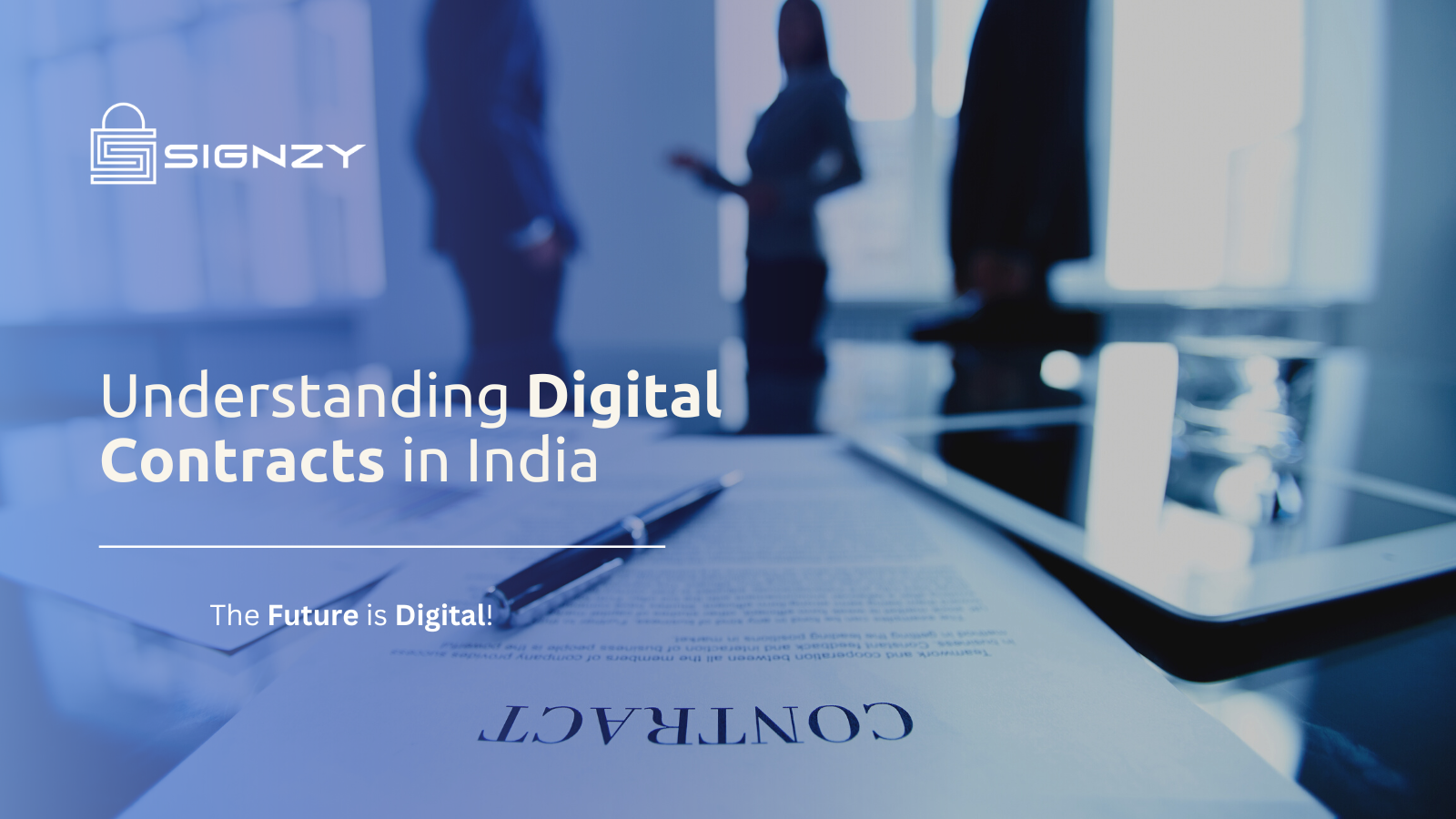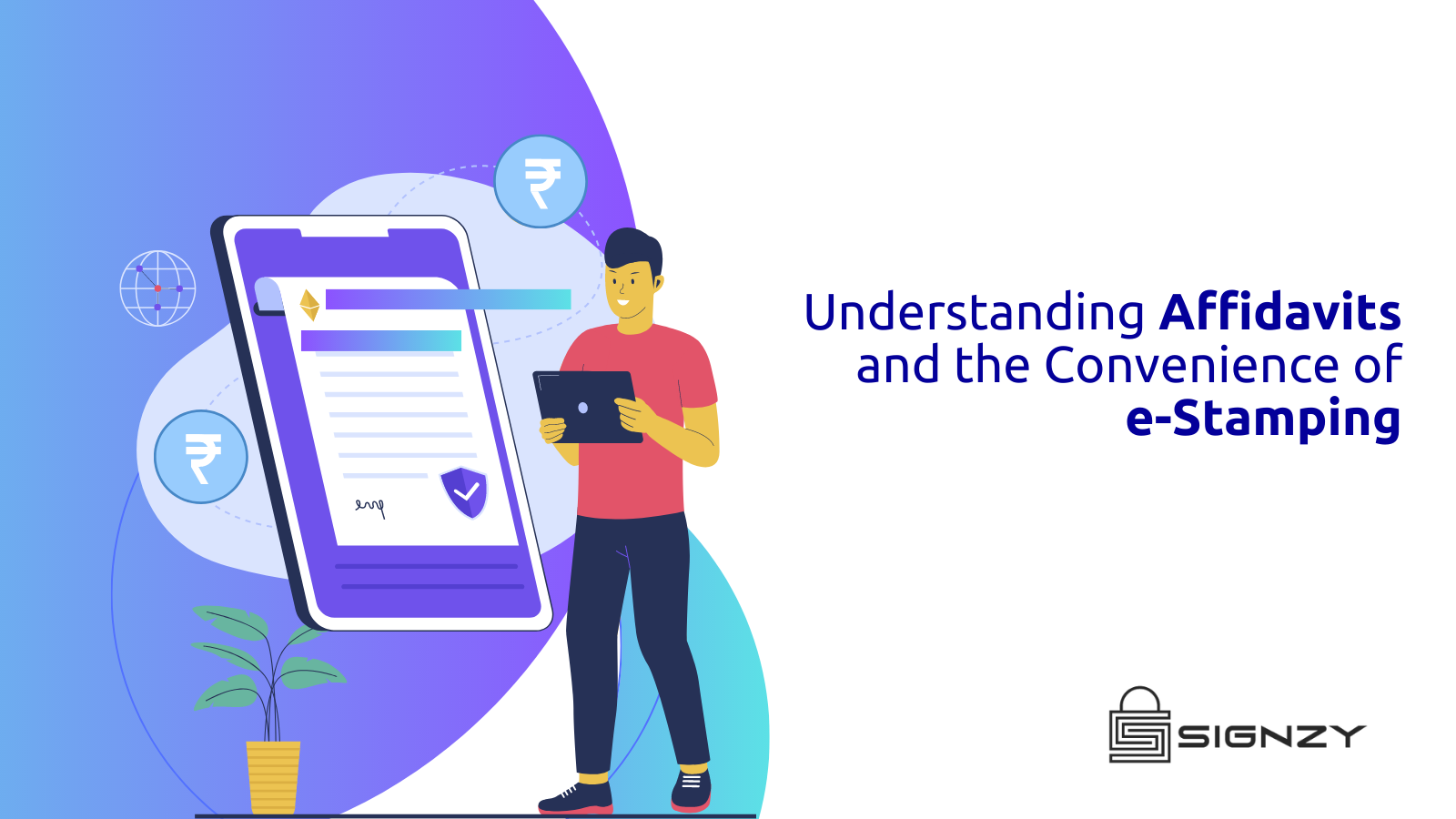Franking documents has long been a cornerstone in the realm of legal and financial transactions, serving as a time-honored method of validating important papers. In this comprehensive blog post, we will explore the intricacies of franking, its various applications, and how it stands in comparison to e-stamping. Additionally, we will discuss its drawbacks and how Signzy’s eStamping API is modernizing the traditional franking process.
What is Franking?
Franking is a process of affixing a revenue stamp or seal to a document to indicate the payment of stamp duty. The practice has been around for many years and is often used in property transactions, lease agreements, and other high-value contracts.
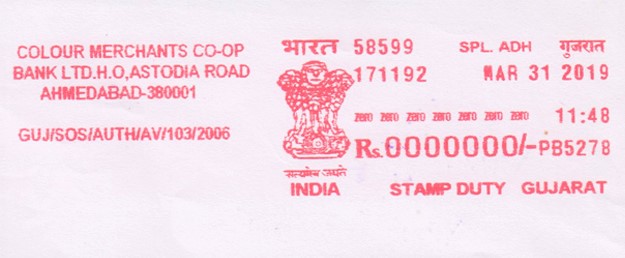
When to Frank Documents?
Franking is generally necessary when creating legal documents that involve significant financial transactions. Before a document can be legally enforceable or admissible in court, it must be properly franked.
What are Franking Charges?
Franking charges are fees paid in addition to the stamp duty when using a franking machine to affix a stamp on a legal or financial document. These charges are essentially a kind of service fee for the franking service provided by authorized banks or franking agencies. The cost of franking charges can vary based on jurisdiction, the nature of the transaction, and sometimes even the total value of the stamp duty itself.
Franking charges are generally nominal but can add up for organizations that rely heavily on franked documents for their business transactions. It’s always advisable to inquire about the specific franking charges applicable to your transaction beforehand. These charges are usually separate from the stamp duty and are paid to the entity providing the franking service, not to the government.
It can vary between different states in India due to varying regulations and guidelines set by state governments. Here are hypothetical examples for four states, Maharashtra, Karnataka, Delhi & Tamil Nadu, to give you an idea of how franking charges might differ.
Maharashtra:
In Maharashtra, franking charges could be set at 0.1% of the transaction value for property transactions. So if you are buying a property worth ₹1 crore, you may have to pay franking charges of ₹10,000 in addition to the stamp duty. Note that there may be a cap on maximum franking charges, depending on the guidelines set by the state.
Karnataka:
In Karnataka, franking charges for the same kind of transaction could be at a fixed fee, say ₹500, regardless of the property value. This would make it more cost-effective for higher-value transactions compared to a percentage-based system.
These examples are hypothetical and not based on actual current rates. Always consult with your legal advisor and check the latest rates and regulations for the most accurate information.
By comparing the two, you can see that the method of calculating franking charges can be quite different, affecting the total cost of the transaction. Always make sure to check the latest regulations in your specific state to know what you will be required to pay.
Delhi:
In Delhi, the charges could be a flat fee of ₹100 for certain kinds of agreements, irrespective of the transaction value. This flat fee structure is easier to navigate and can be cost-effective for large transactions.
Tamil Nadu:
In Tamil Nadu, the charges might be calculated as a percentage of the transaction value, let’s say 0.2%. If you were entering into an agreement with a transaction value of ₹50 lakhs, the franking charges would be ₹10,000.
These are simplified examples intended to illustrate the differences in how franking charges can be calculated. Always consult with a legal advisor and check the latest rates and regulations for the most accurate and up-to-date information.
By comparing the above hypothetical examples, you can see that the method of calculating franking charges can be quite different, affecting the total cost of the transaction.
The Impact of Franking Charges on Overall Transaction Expenses
These charges are an essential part of various transactions like property purchase, business agreements, and legal contracts. Though usually a minor portion of the overall transaction value, they can still impact the total cost in several ways:
- Direct Cost: The charges add to the overall cost of the transaction. Depending on the state’s regulations, these charges can either be a flat fee or a percentage of the transaction value.
- Convenience Factor: It can simplify the payment of stamp duty, but you might need to physically visit a bank or authorized center for franking, incurring additional time and travel costs.
- Compliance Costs: Failure to pay appropriate charges can result in penalties, adding further costs and complications to the transaction.
- Variable Rates: If the charges are based on a percentage, fluctuations in transaction value will directly affect the overall cost.
- Speed of Transaction: Depending on the jurisdiction, franking can be quicker than other methods like stamp papers, potentially speeding up transaction completion and reducing carrying costs.
- Double Costs: In interstate transactions, both parties need to be aware of franking charges in both states. Inconsistencies in rates can cause one party to incur higher costs than anticipated.
- Legal Certainty: Properly franked documents have strong legal validity, which can save money in the long run by providing clearer proof of the transaction, thus reducing the potential for legal disputes.
Franking vs Stamp Duty: Understanding the Distinctions
Stamp Duty and Franking Charges, while related, are distinct concepts in the realm of legal documentation. Stamp Duty is a tax levied by the government on various legal transactions to make them legally binding. It represents a percentage of the transaction value and can be paid through various modes such as adhesive stamps, e-stamps, or franking. On the other hand, FC refer to the fees paid to authorized banks or agents for stamping a document, indicating the payment of the requisite stamp duty. Essentially, while stamp duty is the actual tax, franking is one of the methods to pay and evidence that tax on the document.
A few other differences between the two are:
- Scope:
- Franking: Limited to being a procedure for confirming payment.
- Stamp Duty: A broader term that includes various rates and rules depending on the type of transaction.
- Beneficiary:
- Franking: Benefits both parties in a transaction by providing proof of tax paid.
- Stamp Duty: Benefits the government as a source of revenue.
- Legal Requirement:
- Franking: One of several ways to meet the legal obligation of paying stamp duty.
- Stamp Duty: A mandatory tax required by law for certain documents.
- Duration & Timing:
- Franking: Has to be done before executing the document.
- Stamp Duty: The obligation to pay exists as long as the relevant document needs to be legalized.
- Evidence:
- Franking: Acts as evidence that stamp duty has been paid.
- Stamp Duty: Is a financial obligation, the proof of payment for which could be a franked stamp, an e-stamp, or a physical stamp paper.
- Flexibility & Utility:
- Franking: Once done, it’s difficult to change the franking amount & Specific to the document it is applied to
- Stamp Duty: Depending on jurisdiction and transaction type, the amount could be subject to change or negotiation. Applicable to a variety of transactions, including property transfers, leases, and many others.
Difference Between Franking and E-Stamping
E-stamping and franking both serve the purpose of paying stamp duty, but they differ in terms of convenience, efficiency, and security. Here are some reasons why e-stamping may be considered better than franking:
- Ease of Access: E-stamping can be done online, eliminating the need to visit a bank or any other authorized franking agent. This makes it more accessible and convenient.
- Time-Saving: The e-stamping process is usually quicker. Once payment is made, the e-stamp certificate can be generated almost immediately, while franking may require you to wait or come back to collect the document.
- Accuracy: E-stamps come with a unique identification number, making it easier to verify their authenticity. The chances of error or fraud are comparatively less than in franking.
- Flexibility: E-stamping allows you to accurately input the exact amount of stamp duty, whereas with franking, you are often limited to denominations available, which might lead to payment of a slightly higher amount.
- Storage and Retrieval: Digital records of e-stamps are easier to store, retrieve, and reproduce if the original document is lost or damaged. With franked documents, the loss of the original is a more significant issue.
- Cost-Effectiveness: Although both methods entail similar costs in terms of the actual stamp duty, e-stamping can be more cost-effective when you factor in the convenience and time saved.
- Security: E-stamping databases are securely maintained by government-appointed agencies, providing an additional layer of security.
- Nationwide Validity: E-stamps have nationwide validity, making them universally acceptable, while franking might not be recognized everywhere, and policies can vary from state to state.
Signzy’s eStamping API Solution
Signzy’s cutting-edge eStamping API brings about a transformative shift in the way stamp duties are paid and documents are validated. By offering an integrated solution that can be seamlessly embedded into your existing platforms, we streamline the entire stamping process, making it more efficient, transparent, and accountable.
Key Features:
- Real-Time Verification: Our API offers immediate validation of e-stamps, providing both parties with instant confirmation of a transaction’s authenticity. This is a quantum leap over traditional franking, which may require manual checks and extended verification periods.
- Multi-State Compliance: Signzy’s eStamping API is programmed to adhere to the varying stamp duty laws and regulations across different Indian states. This ensures that your transactions are compliant no matter where they are initiated.
- Secure Transactions: Enhanced with state-of-the-art security features, the eStamping API ensures that all transactions are encrypted and securely stored, thereby mitigating the risk of fraud or data breaches.
- Scalability: Whether you’re a small enterprise or a large corporation, our API scales to meet your needs, allowing for high-volume transactions without compromising on speed or security.
- API Integration: The API can be easily integrated into existing enterprise systems, CRM software, or any other platforms where transactions requiring stamp duties are performed, thereby offering a unified, streamlined experience.
- Cost-Effectiveness: By cutting down on manual labor, printing costs, and time spent on traditional franking, Signzy’s eStamping API offers a cost-effective alternative that enhances operational efficiency.
Interested in simplifying your documenting process? Contact us today to learn how Signzy’s eStamping API can benefit your organization.
To know more about Signzy’s eStamping API solution, click here

